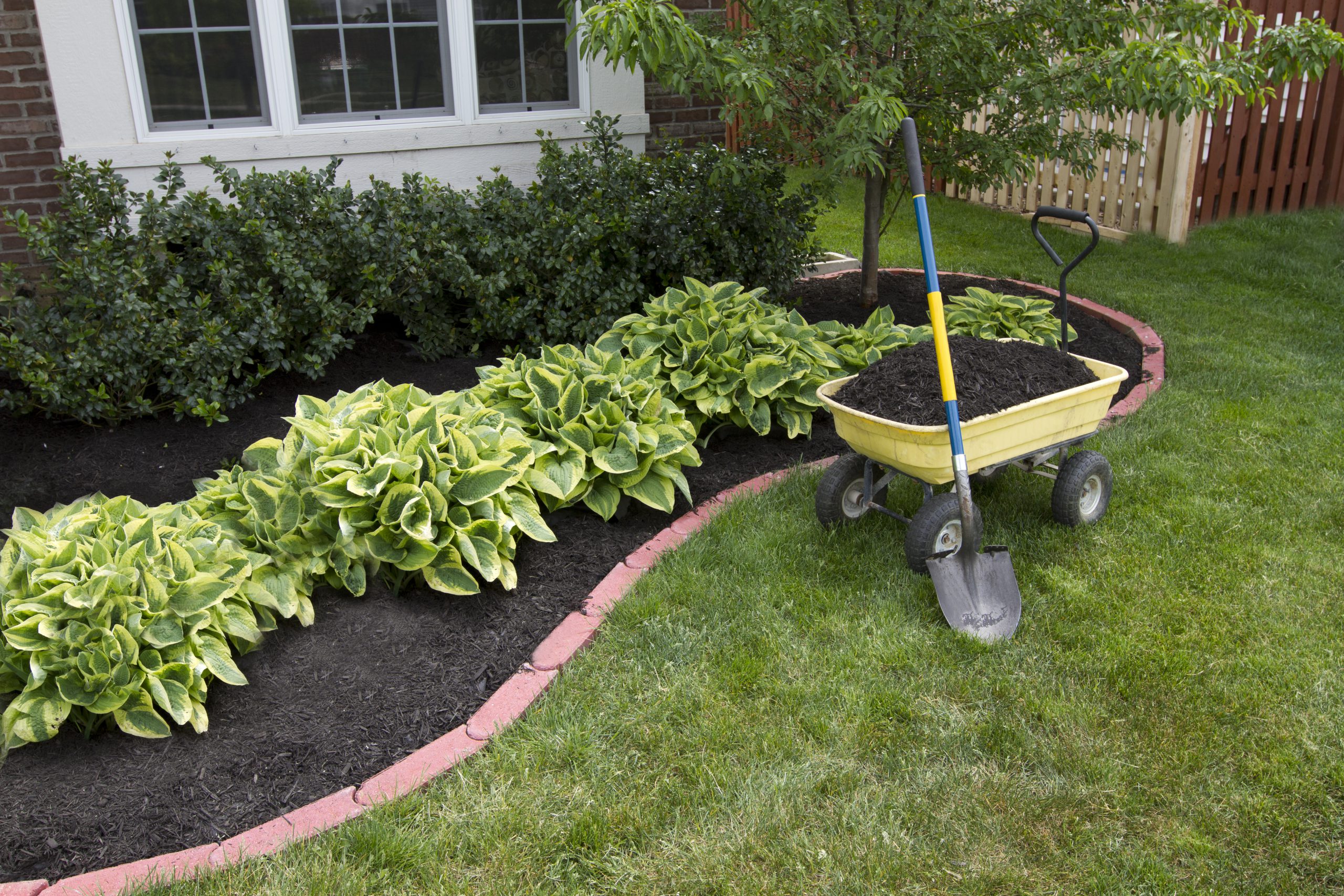
Mulching is a key task for all green thumbs , but why do gardeners love mulch?
Easy.
It’s the perfect combination of plant defender, weed deterrer, moisture protector, soil guardian, temperature regulator and garden beautifier.
Yes, all these qualities can be found in highly scented bags from the local nursery or garden warehouse.
Be warned however: while excellent for every garden, mulch costs can quickly add up with even small townhouse courtyards needing several large bags of this precious treasure.
Why?
Depending on the garden, mulch needs to be spread out to a height of around 3-10cm.
It should be spread thickly enough to detract weeds and pests while not suffocating greenery, but thin enough to encourage plant growth and moisture penetration while again, still protecting the soil and not blowing away in rough weather.
The level of mulch needs to be carefully considered well before entering a nursery or garden shop as the calculations can take time.
Also consider the type of mulch that will be purchased.
Organic types include wood chips, various kinds of animal manure, straw, sugar cane and tea tree.
Inorganic options are pebbles, river stones, gravel and weed barrier mats.
Every type of mulch has different pros and cons, with varying prices and suitability for plant types.
Before mulching
Warn neighbours about high scent of mulch – this should fade a few days after it is spread.
Check weather conditions and aim for a cooler day, without high winds or drenching rain, although light rain is just fine.
Weed the garden well.
Give the soil a light water, although ideally, soil should already be damp.
When mulching
Spread mulch as evenly as possible, remembering the level or height needed.
Avoid spreading mulch too close to plants or the house.
After mulching
Give mulch a light water to “set” it.
Organic mulch should be refreshed every year.
